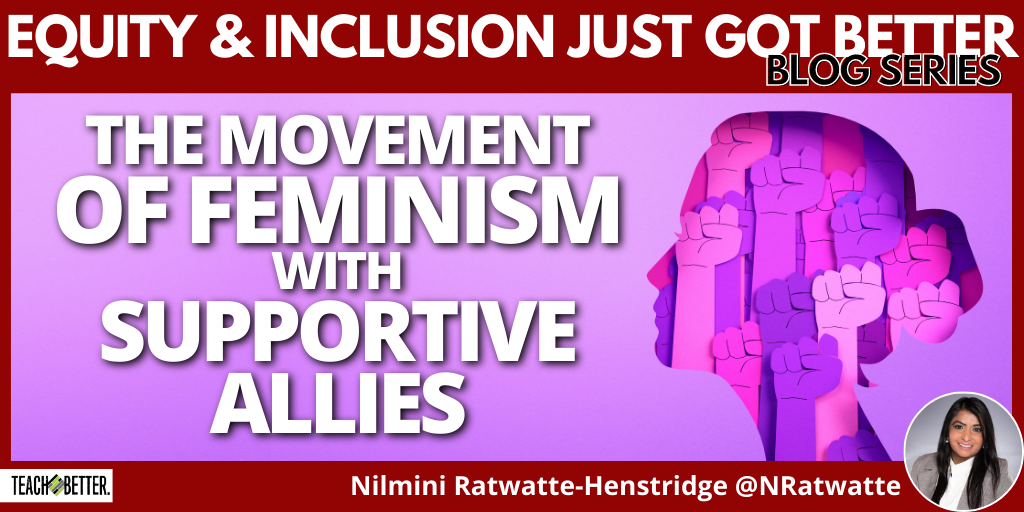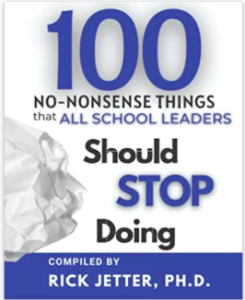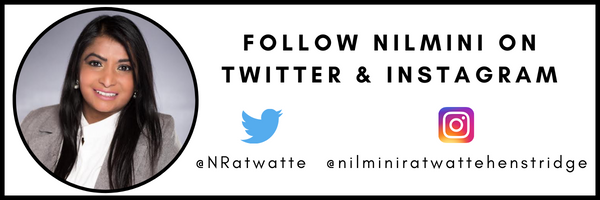TL;DR:
- The feminist movement is one of equal rights. Equity is the way you achieve it.
- Consider the importance of supporting International Women’s Day events to make a difference.
- Understanding bias and implicit bias by teaching it directly in our classrooms is key to making the women’s rights movement count!
Equity and Inclusion Reflection Questions
- Why does the women’s rights movement need males to support it? It’s important to be supportive allies.
- How do we preserve safe spaces for women in the movement?
- What social resources and groups are needed to continue to work towards equitable rights for all who identify as a woman in our society?
Making women’s rights a priority is an important concept to think about in 2023. Whoa, it would be so wonderful to know that there will be EQUAL rights for women as we aspire to prioritize the impact of girls and women and break the glass ceiling to ensure that society gains what has for centuries been lost. I am a proud supporter of the feminist movement.
In order to achieve equal rights for women, my strategy has always been to give access equitably. For example, a developing country like Sri Lanka does not have the capacity to provide full school meals for every child in the country. It’s not possible. That EQUAL rights strategy will fail the country and they will be in poverty for a very long time. Giving to the high-risk students and population and building up equity is the strategy that will get to equal rights faster to ensure that the end results will be achieved.
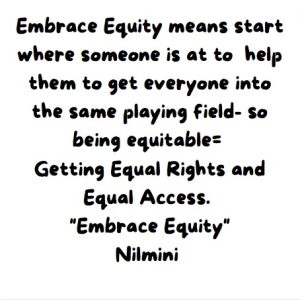
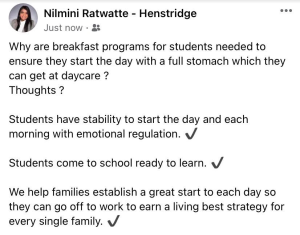
Happy International Women’s Day as you celebrate this month the accomplishments of women around the world!
Anyone can be open to ideas by learning. Everyone can benefit from growing their understanding of ensuring women’s rights are upheld in society. Click To TweetI believe in including men and our male counterparts in the conversation to inspire them to join in and be an ally in the movement.
I love the concept of girl power! Considering that society is built for respecting a heterosexist perspective, it’s important to know that women need to address sexism and perspectives of biased points of view that exist in the world. Anyone can be open to ideas by learning. Everyone can benefit from growing their understanding of ensuring women’s rights are upheld in society. There are spaces where women-only movements are needed. I am passionate about supporting women’s movements in my community. The time is now for the movement on equal gender rights in our generation.
START supporting the historic movement of stopping sexism.
The women’s rights movement is built on the hopes of eliminating sexism and with it the hope that gender equity is established among girls and women all over the world.
Power matters. The roles and leadership positions that women hold matter because it empowers new movements and new opportunities to highlight the contributions of all women who are striving to do their best in our world.
Three things to consider when considering women’s movements:
- Power dynamics
- Visionary leadership styles
- Global impact of their work at the grassroots level
CONTINUE the process of uplifting equal rights and equal voices for all.
Islamaphobia can present a lot of implicit bias in society today. For example, not being promoted in a position because one is Muslim in faith. Being faced with discrimination can occur. Another example is not getting an acceptance into college due to faith and sexism. Not having the choice to wear a hijab or the choice not to wear a hijab.
Moreover, Islamaphobia is something to keep in mind since some cultures are more difficult to understand than others. Discrimination can happen for individuals with Muslim faith in other parts of the world where it is misunderstood. I am empowered by this TED talk to inspire young women and generations of feminists and gain an understanding of the importance of redefining the women’s movement.
STOP and take the time to reflect on this lesson plan from my classroom.
The best part about sharing is that I am a teacher first when I blog about all the roles I hold in my life. As I write the Equity and Inclusion Just Got Better blog series, I have the privileged of reflecting on my practice and efforts while considering educational research on topics.
This year, I was honoured to be a part of a writing team that contributed my thoughts on Equity and Inclusion by writing one very significant chapter! It was a special chapter because it’s something difficult to teach about, speak to colleagues, or call out or call in to bring others together. It was titled: “Stop ignoring your own biases.”
I work in a classroom full of amazing students pursuing their educational journey. I work on establishing classroom norms collaboratively and teaching them how to embrace diversity to make a small but significant difference in our community. The things I blog about have been tested out by me in many classrooms, and thus I believe they will work in yours.
[scroll down to keep reading]Lesson Idea to Address Implicit Bias
Please feel free to use this media and dance commercial hook for your lesson (video credit: Nike commercial publishing).
Think about why certain types of DANCE as an art form are valued over other types of dance in our world. Why is there a perspective that is divisive and structured around classism? What can we do to address the unjust point of view?
This lesson hook gives you an implicit understanding of the creativity of dance and all the ideology and philosophy behind dances that exist.
Next, take a tour to explore dances from around the world. See the value this subject matter brings into our society as a performing art.
Reflect using the questions below to compare the dance forms. (Here are performance videos from Asia, Africa, and Europe.)
- What questions do you have after watching the performance?
- Is there a feeling evoked or present while watching the performance?
- Was there implicit bias? How can you address it?
Yours in Education,
Nilmini
References
A special thank you to Dr. Rick Jetter who compiled the 100 Stop Series book titled “100 No-nonsense Things School Leaders Should Stop Doing” (2023). Thank you for the thoughtful contributions of all the co-authors of the chapters in the book. It is my honour to be a part of this publication.
Ted Talk – Teach Girls Bravery not Perfection. Reshma Saujanim, 2016.
About Nilmini Ratwatte-Henstridge
Nilmini lives in Ontario, Canada. She was born in Sri Lanka is immigrated Canada. Educator at heart, she is passionate about equity, inclusion, social justice and human rights in education.
She believes in understanding people as she travels to explore cultures in our world during her spare time, loves cooking at home and trying out new flavours, and continues to follow the latest fashion news!
Nilmini loves staying connected with global educators via social media: author, blogger, podcaster and most importantly, just exploring life.

